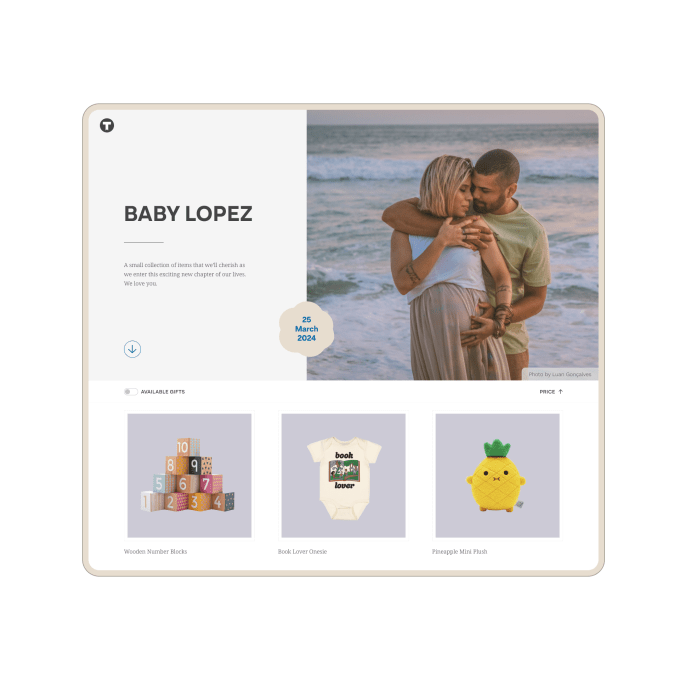
The brouhaha in the WordPress community looks likely to escalate into a legal battle around trademarks.
Just a day after WordPress hosting service WP Engine sent a cease-and-desist notice to Automattic asking its CEO to stop publicly trashing WP Engine, now Automattic has sent its own cease-and-desist letter to WP Engine, saying the latter has infringed several trademarks like WordPress and WooCommerce.
This comes after Matt Mullenweg, the CEO of Automattic and co-creator of WordPress, last week criticized WP Engine for profiteering off the open-source WordPress project, called it a “cancer to WordPress,” and accused the company of contributing very little to the community.
In its letter dated Monday, Automattic alleged that WP Engine has built a business of over $400 million in revenue based on unauthorized use of its WordPress trademark, which Automattic claims it has the exclusive commercial rights for from the WordPress Foundation. Automattic also said WP Engine has misled consumers into believing that there is a direct affliction between the two companies.
“Your unauthorized use of our Client’s trademarks infringes on their rights and dilutes their famous and well-known marks. Negative reviews and comments regarding WP Engine and its offerings are imputed to our Client, thereby tarnishing our Client’s brands, harming their reputation, and damaging the goodwill our Client has established in its marks,” the letter read.
“Your unauthorized use of our Client’s intellectual property has enabled WP Engine to compete with our Client unfairly, and has led to unjust enrichment and undue profits,” it added.
Automattic is also demanding compensation for the profits made by WP Engine by using its trademarks, and said that if WP Engine doesn’t amicably solve the matter, the company has the right to file a civil injunction case.
For context, here’s a good summary of the WordPress community by my colleague Paul Sawers:
WordPress powers more than 40% of the web, and while any individual or company is free to take the open source project and run a website themselves, a number of businesses have sprung up to sell hosting services and technical expertise off the back of it. These include Automattic, which Mullenweg set up in 2005 to monetize the project he’d created two years earlier; and WP Engine, a managed WordPress hosting provider that has raised nearly $300 million in funding over its 14-year history, the bulk of which came via a $250 million investment from private equity firm Silver Lake in 2018.
In the cease-and-desist letter WP Engine sent to Automattic on Monday, the company defended its right to use the “WordPress” trademark under fair use laws. The company added that Automattic has “a profound misunderstanding of both trademark law and WordPress Foundation’s trademark policy.”
It also said Mullenweg demanded WP Engine pay Automattic “a significant percentage of its gross revenues — tens of millions of dollars in fact — on an ongoing basis” for a license to use trademarks like “WordPress.”
“When his outrageous financial demands were not met, Mr. Mullenweg carried out his threats by making repeated false claims disparaging WP Engine to its employees, its customers, and the world,” WP Engine’s letter said.
Notably, Automattic’s letter doesn’t mention Mullenweg’s remarks about WP Engine.
In the last week, Mullenweg has accused WP Engine of not contributing enough to the community and offering “a cheap knock-off” version of WordPress. WP Engine pushed back against this characterization and called out Mullenweg for launching a smear campaign against the company, saying it has already affected some of its business.
This might be the start of a long legal tussle between the two entities. A lot of folks also pointed out that this battle might be harmful for providers offering specialized WordPress hosting.
Earlier today, WordPress Foundation changed its Trademark Policy page to call out WP Engine alleging the hosting service of confusing uesers.
“The abbreviation “WP” is not covered by the WordPress trademarks, but please don’t use it in a way that confuses people. For example, many people think WP Engine is “WordPress Engine” and officially associated with WordPress, which it’s not. They have never once even donated to the WordPress Foundation, despite making billions of revenue on top of WordPress,” the updated page reads.


